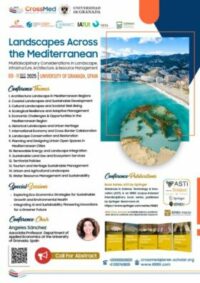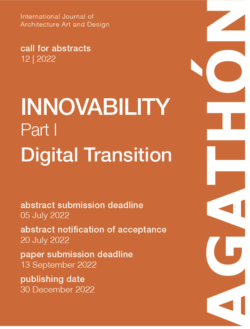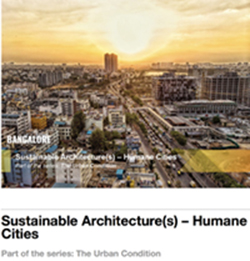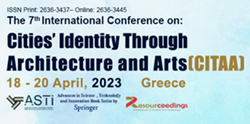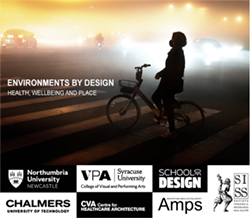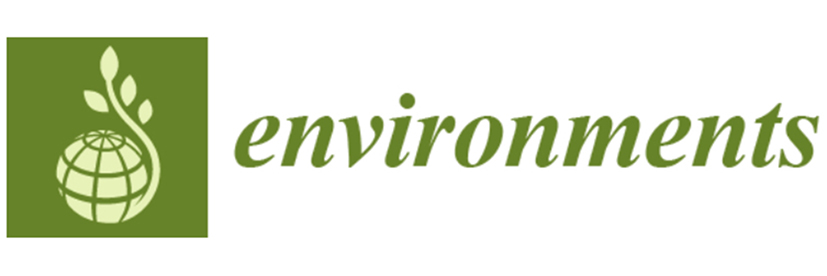ISSN (online): 2076-3298
Call of the Journal:
- Dynamic of Vegetation and Climate Change
- Environmental Implications of COVID-19 Pandemic
- Environmental Sustainability – Life Cycle Assessment – Energy and Environmental Technology
- Groundwater Quality and Groundwater Vulnerability Assessment
- Indoor and Outdoor Air Particulate Matter
- Monitoring and Assessment of Environmental Quality in Coastal Ecosystems
- Monitoring and Management of Inland Waters
- Multiple Approaches for Environmental Assessment of Transitional and Coastal Waters
- Plastic Contamination | Challenges and Solutions
- Response to Current Air Quality Changes in Small and Large Areas
- Restorative Agriculture
- Risk Assessment for Workplace Exposure to Natural Radioactivity
- Rural-Urban Relations and Sustainable Food Systems
- Soil Pollution Assessment and Sustainable Remediation Strategies
Mar
2021
Apr
2021
When the presence of a chemical in soil affects humans, or other living organisms, producing undesired effects, that soil is considered polluted. Some of these chemicals are human-made, such as organic xenobiotics (e.g., pesticides), while others may have both a natural and anthropogenic origin, such as trace elements (e.g., metals and metalloids). In addition to these usually known pollutants, soils can be also affected by emerging contaminants (e.g., nanoparticles, human and veterinary drugs, microplastics), knowledge of which is still scarce. These pollutants will not only affect the soil but, ultimately, different resources and environmental compartments, which will represent a major risk. To control this risk, measures must be taken on the polluted soil, which can range from the sole isolation of the affected area, to its full decontamination. Of course, confinement and remediation actions are costly, and sometimes, pollution affects countries that lack legislation, and the extension of the affected area makes the costs of soil remediation high and, certainly, not considered as a priority. Nevertheless, there are solutions for the management of contaminated soils, controlling risks, and promoting their remediation using sustainable practices. This is true for biological methods, bioremediation and phytoremediation, which can be used both singly or combined, allowing the immobilization, extraction or degradation of different soil contaminants, contributing to the control of the risk of exposure to the pollutant, or to soil decontamination, through the continuous reduction of their concentration. This Special Issue welcomes studies on different soil pollutants: concentrations and soil-plant-water interactions, bioavailability assessment, risks to human health, negative effects on the environment (e.g., freshwater and groundwater, soil organisms, soil functions, ecosystem services), soil quality evaluation, and sustainable soil remediation strategies. Studies in real soil pollution scenarios and remediation in long-term field studies are encouraged.
Keywords: soil pollutants; potentially toxic trace elements; persistent organic pollutants; soil emerging pollutants; bioavailability assessment; risk assessment; soil quality; soil remediation; phytoremediation; bioremediation.
Soil Pollution Assessment and Sustainable Remediation Strategies
When the presence of a chemical in soil affects humans, or other living organisms, producing undesired effects, that soil is considered polluted. Some of these chemicals are human-made, such as organic xenobiotics (e.g., pesticides), while others may have both a natural and anthropogenic origin, such as trace elements (e.g., metals and metalloids). In addition to these usually known pollutants, soils can be also affected by emerging contaminants (e.g., nanoparticles, human and veterinary drugs, microplastics), knowledge of which is still scarce. These pollutants will not only affect the soil but, ultimately, different resources and environmental compartments, which will represent a major risk. To control this risk, measures must be taken on the polluted soil, which can range from the sole isolation of the affected area, to its full decontamination. Of course, confinement and remediation actions are costly, and sometimes, pollution affects countries that lack legislation, and the extension of the affected area makes the costs of soil remediation high and, certainly, not considered as a priority. Nevertheless, there are solutions for the management of contaminated soils, controlling risks, and promoting their remediation using sustainable practices. This is true for biological methods, bioremediation and phytoremediation, which can be used both singly or combined, allowing the immobilization, extraction or degradation of different soil contaminants, contributing to the control of the risk of exposure to the pollutant, or to soil decontamination, through the continuous reduction of their concentration. This Special Issue welcomes studies on different soil pollutants: concentrations and soil-plant-water interactions, bioavailability assessment, risks to human health, negative effects on the environment (e.g., freshwater and groundwater, soil organisms, soil functions, ecosystem services), soil quality evaluation, and sustainable soil remediation strategies. Studies in real soil pollution scenarios and remediation in long-term field studies are encouraged.
Keywords: soil pollutants; potentially toxic trace elements; persistent organic pollutants; soil emerging pollutants; bioavailability assessment; risk assessment; soil quality; soil remediation; phytoremediation; bioremediation.
AGRICOLA (National Agricultural Library), AGRIS Agricultural Sciences and Technology (FAO), DOAJ, Emerging Sources Citation Index – Web of Science (Clarivate Analytics), Genamics JournalSeek, GeoRef (American Geosciences Institute),Norwegian Register for Scientific Journals, Series and Publishers (NSD), Scopus (Elsevier) Web of Science (Clarivate Analytics), CLOCKSS (Digital Archive), e-Helvetica (Swiss National Library Digital Archive), Academic OneFile (Gale/Cengage Learning), Google Scholar J-Gate (Informatics India), ProQuest Central (ProQuest), Science In Context (Gale/Cengage Learning), WorldCat (OCLC).
Info at: www.mdpi.com/journal/environments/apc

